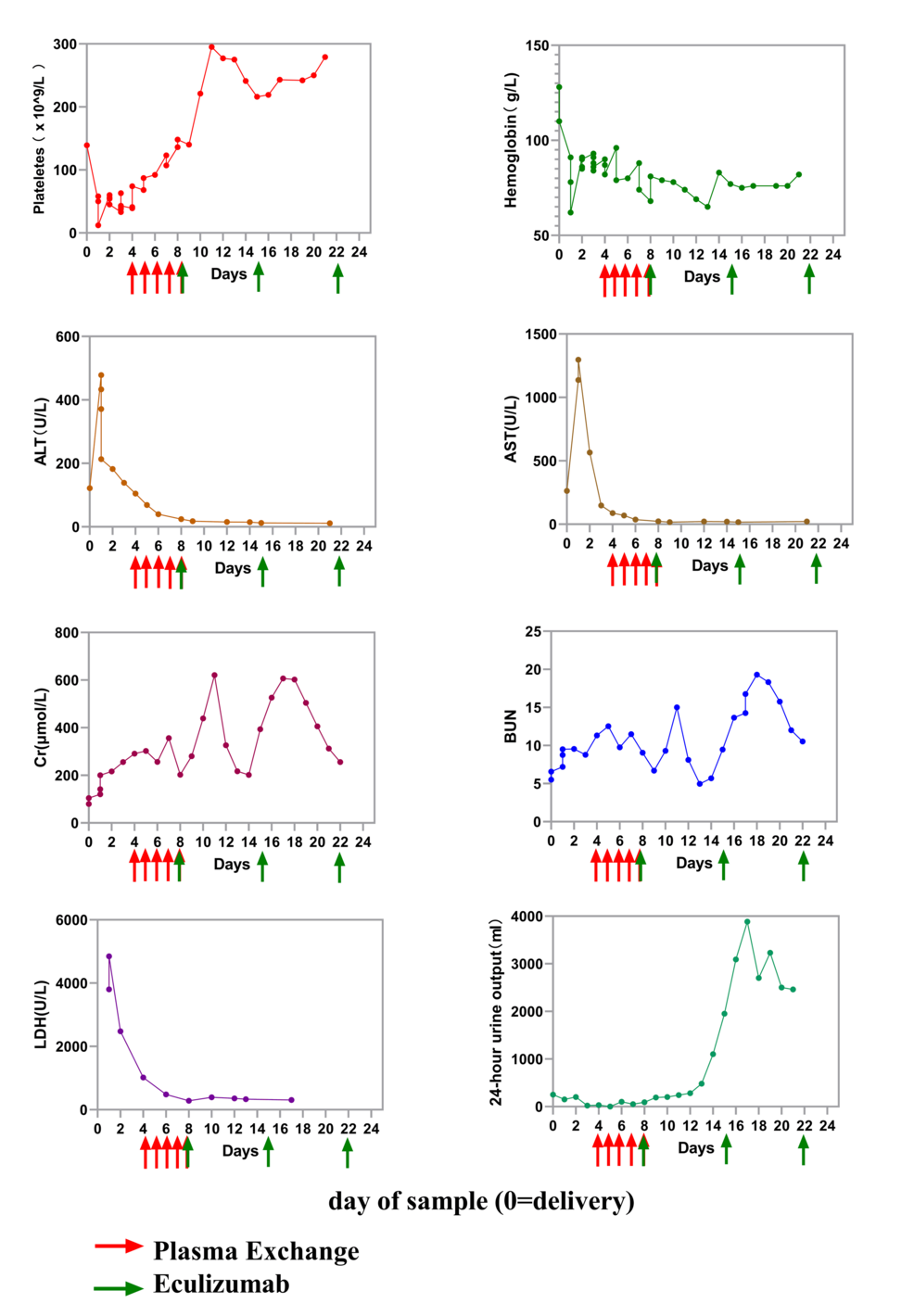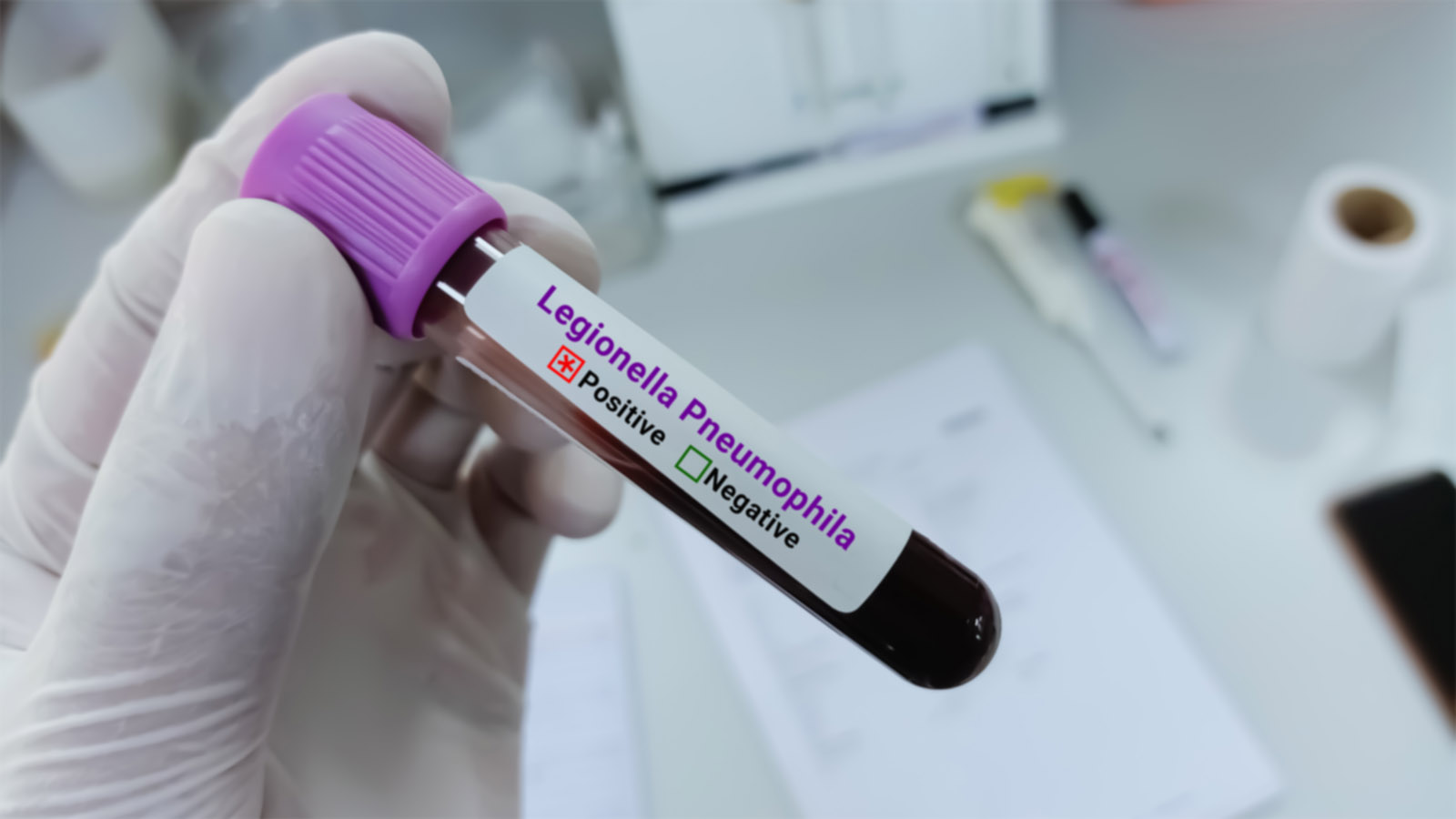Is Ozempic Causing a New Body Trend? The Shocking Truth About 'Ozempic Vulva' Revealed!

In a world where weight loss seems to be the holy grail of health and beauty, a surprising new term is making waves: "Ozempic vulva." Yes, you heard that right. This term is trending on social media as women share their experiences of changes in their genital areas after using the popular diabetes medication, Ozempic, or other glucagon-like peptide-1 (GLP-1) agonists. This has ignited conversations surrounding body image, medical side effects, and even cosmetic procedures.
For those scratching their heads over what exactly a 'vulva' is—let's break it down. The vulva is the collective term for a woman’s external genitalia, encompassing the labia, clitoris, and urethral openings. It is often confused with the vagina, which is actually an internal structure. When users of Ozempic report changes in their vulva, they often mention symptoms like sagging skin, muscle weakness, and dryness.
Originally designed as diabetes treatments, GLP-1 agonists have skyrocketed in popularity after studies revealed their potential for significant weight loss. The active ingredient, semaglutide, is not just a health medication anymore; it’s become the go-to for celebrities and influencers chasing that elusive slimmer figure.
According to a study published in JAMA Network Open, individuals taking semaglutide can lose an average of 15 pounds after just three months, with some dropping 27 pounds in six months. That’s an impressive five pounds a month! But, as the phrase goes, “with great power comes great responsibility.” Alongside the weight loss, users have reported unexpected changes, leading to the coining of the term “Ozempic vulva.”
So, what exactly is happening? Some women are noticing changes like sagging skin and dryness in their vulvar region, with others reporting increased vaginal discharge after starting GLP-1 agonists. Importantly, “Ozempic vulva” isn’t an official medical diagnosis, and doctors aren't likely to utter this phrase during check-ups. However, the symptoms may not be directly attributed to the medication itself but rather to rapid weight loss and changes in body fat distribution.
When patients lose weight quickly, the body may not have the flexibility to adjust, leading to sagging skin—akin to a hoodie that becomes baggy when someone unexpectedly shrinks. Furthermore, as appetite suppression takes hold, users might find themselves not eating enough, risking nutrient deficiencies that could lead to muscle weakening, including the pelvic floor muscles.
When it comes to dryness and increased discharge, the reasons are less clear. Social media can often exaggerate or misrepresent symptoms, so it's crucial to approach these discussions with caution. After all, the internet can be a breeding ground for misinformation. If you're experiencing bothersome symptoms tied to “Ozempic vulva,” it’s essential to consult a healthcare professional. They can recommend non-invasive options like moisturizers or possible exercises to strengthen the pelvic muscles.
Some women are exploring labiaplasty or labia puffing—cosmetic procedures that can help address appearance concerns. While labia puffing involves injecting fillers to add volume, it carries its own risks, including irritation and infection. Meanwhile, labiaplasty is more invasive and requires anesthesia, which comes with additional concerns.
Ultimately, while Ozempic and its counterparts can assist in weight loss, they are not miracle cures. The term “Ozempic vulva” is a reminder that every medication has its nuances and potential side effects. Further studies are needed to understand the full spectrum of these medications and their effects on different areas of the body. So, as we continue to navigate this weight loss journey, let’s prioritize our health and well-being, keeping in mind that beauty is subjective and often painted by the unrealistic standards set by media.




























